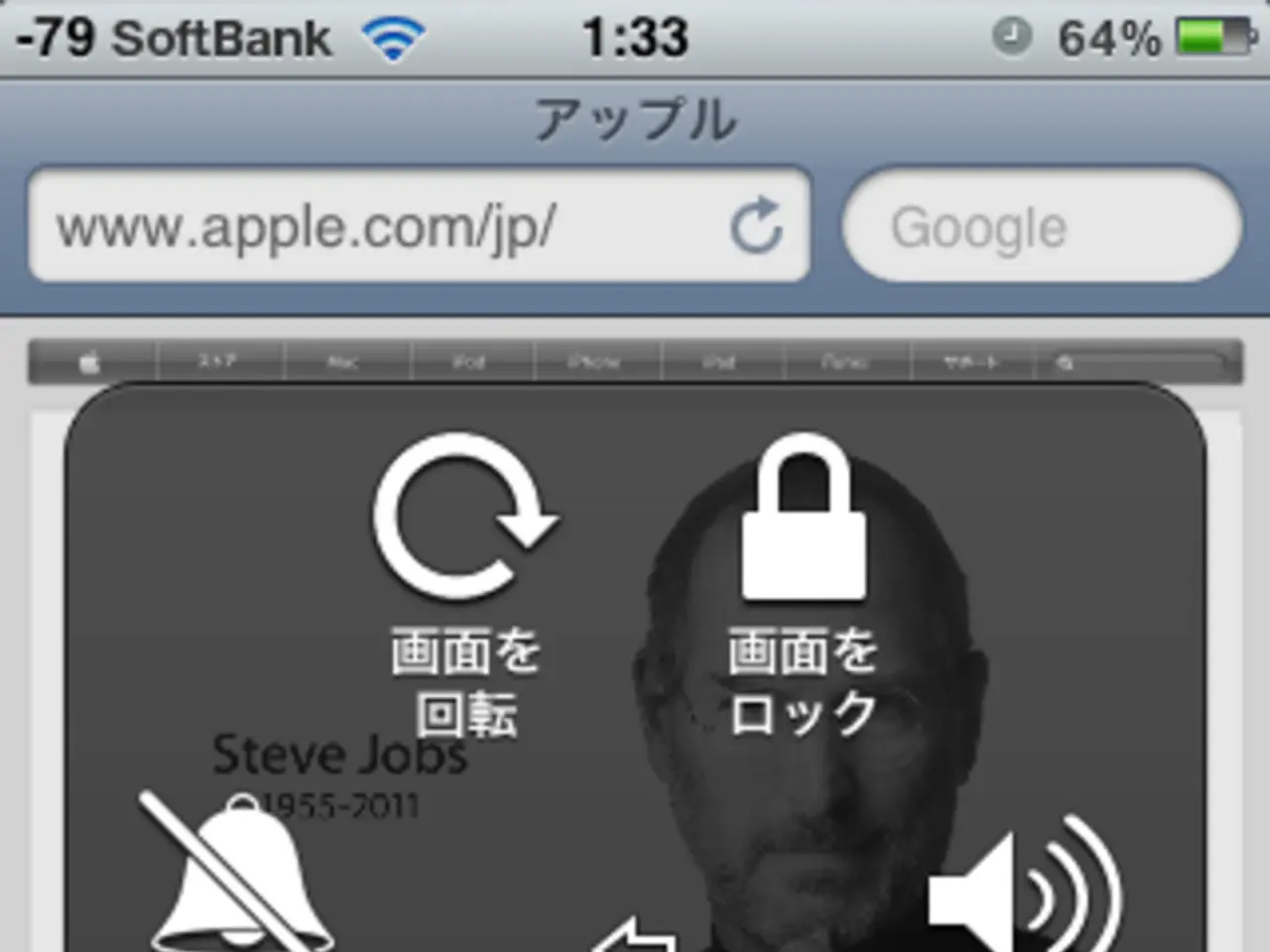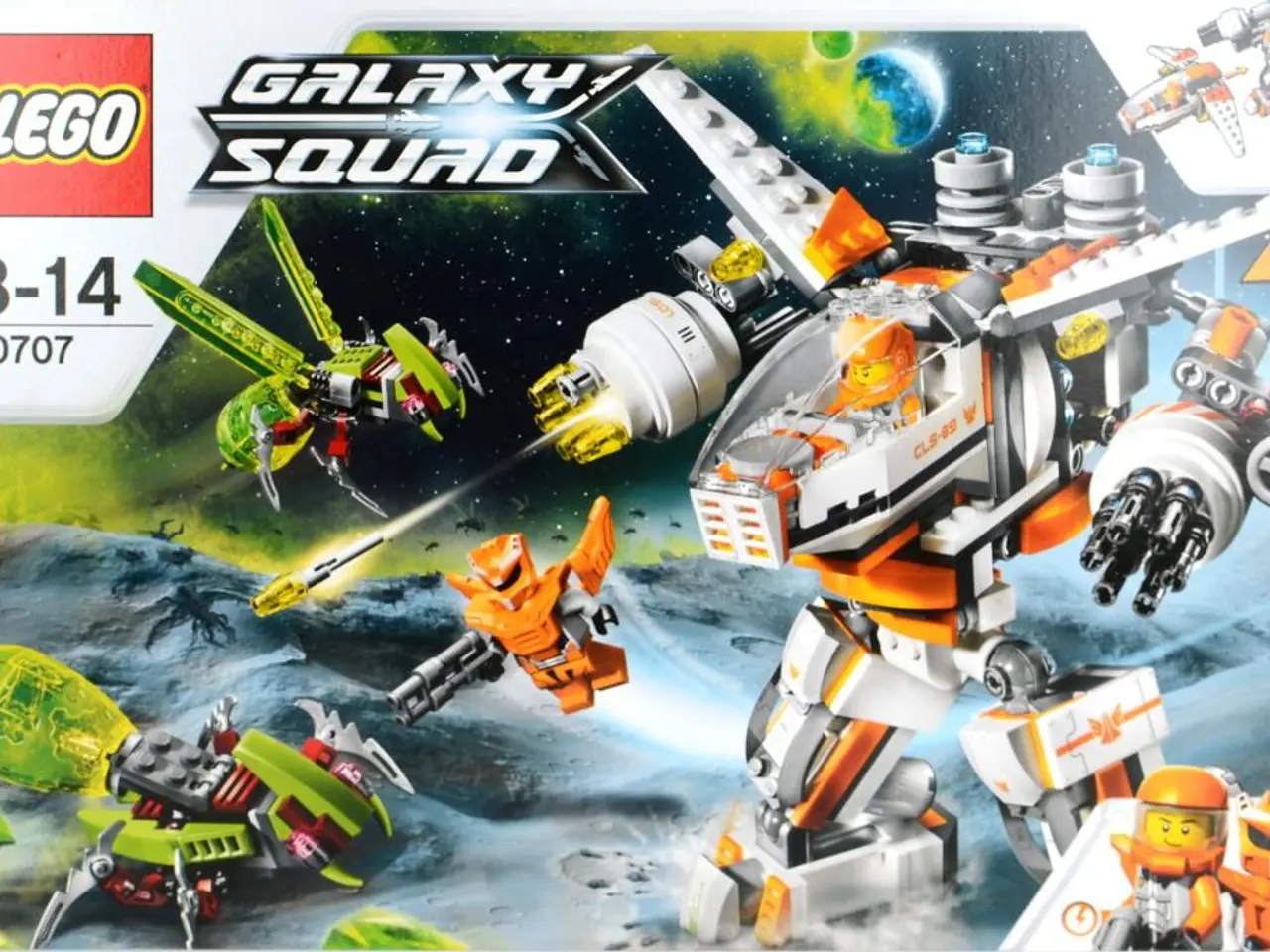M-PESA's market dominance wanes for six consecutive quarters, with Airtel Money making significant strides
In Kenya's bustling mobile money landscape, Airtel Money is making significant strides, challenging the long-standing dominance of Safaricom's M-PESA. The shift is primarily attributed to a combination of lower transaction costs, customer-friendly incentives, and strategic expansion of Airtel's agent network.
Airtel Money's pricing advantage is evident. Sending KES 1,000 to other networks costs KES 11, compared to M-PESA's KES 13, giving Airtel a competitive edge that appeals to cost-conscious consumers. The company has also implemented fee refunds through products like Smarta Bundles, effectively reducing the cost burden on users and incentivizing usage.
Airtel's strategic partnerships with supermarket chains, such as Naivas, have been instrumental in expanding its agent network, particularly in underserved or hard-to-reach areas. This strategic expansion is crucial for mobile money adoption and convenience.
The regulatory reforms and competitive strategies from Airtel are reshaping the mobile money sector. Airtel Money's market share has grown from 2.9% in 2023 to 9.1% by Q1 2025, while M-PESA's dominance has decreased from 97% to about 90.8% in the same period.
The broader context includes a rising mobile money and SIM card subscription base, which increases the potential market size and supports growth for competitors like Airtel. Mobile money subscriptions grew by 7.3% to 45.4 million during Q1 2025, and SIM subscriptions grew by 6.7% to 76.2 million in the same quarter.
The Central Bank of Kenya's (CBK) new payments infrastructure, the Fast Payment System (FPS), could further level the field by enabling instant money transfers across banks and payment platforms. However, the CBK has yet to implement agent-level interoperability, which could further reduce barriers for customers to switch.
Airtel's growth suggests that the momentum in the mobile money market is no longer one-sided. The company has attracted new users with targeted incentives, such as airtime cashback for bank-to-Airtel Money transfers. Withdrawing KES 1,000 is cheaper on Airtel by KES 2 compared to M-PESA.
M-PESA still dominates in terms of agent footprint, with over 299,000 outlets, but Airtel Money's focused growth is beginning to pay off. M-PESA serves over 34 million users and moves over 30 billion transactions annually, worth more than KES 38.29 trillion ($296 billion).
The decline in M-PESA's market share began after mobile money interoperability was introduced in Kenya in 2022. The competitive landscape is expected to continue evolving as players adapt to the changing environment and consumers seek out the most cost-effective and convenient options.
In a related development, the Moonshot event, featuring Africa's top founders, creatives, and tech leaders, is set to return in Lagos on October 15-16. Early bird tickets are currently 20% off.
[1] Source: Communications Authority of Kenya (CA) Quarterly Sector Performance Report, Q1 2025 [2] Source: Airtel Kenya Press Release, Q1 2025 [3] Source: Central Bank of Kenya (CBK) Economic Review, Q1 2025
In the context of Kenya's growing mobile money market, Airtel Money's strategic financing and technological advancements in payments, such as lower transaction costs and customer-friendly incentives, are boosting its appeal to cost-conscious consumers, setting a competitive edge that challenges Safaricom's M-PESA dominance. Airtel's partnerships with businesses like Naivas have expanded its agent network, increasing its influence in underserved areas and driving rapid growth in their market share.




